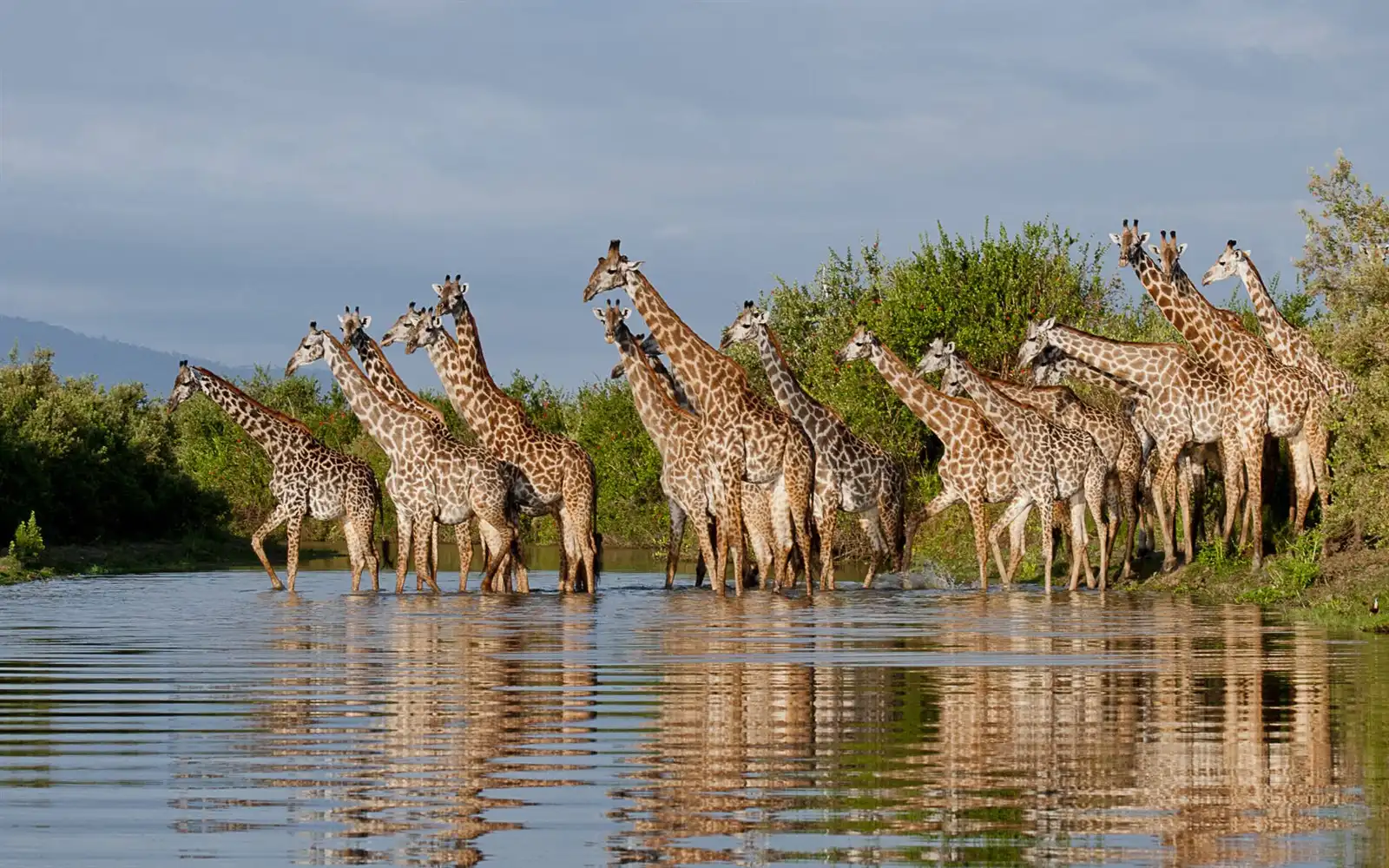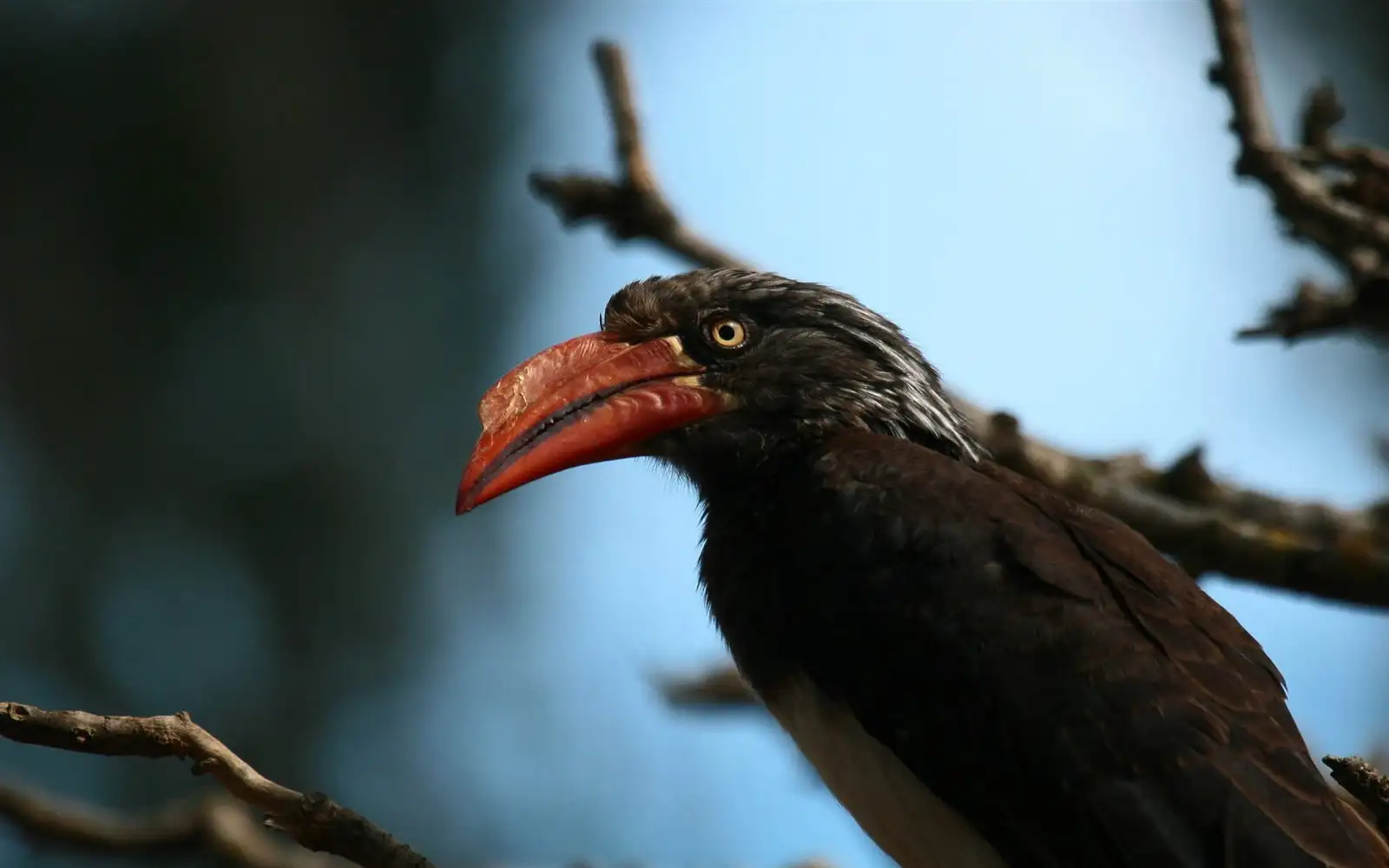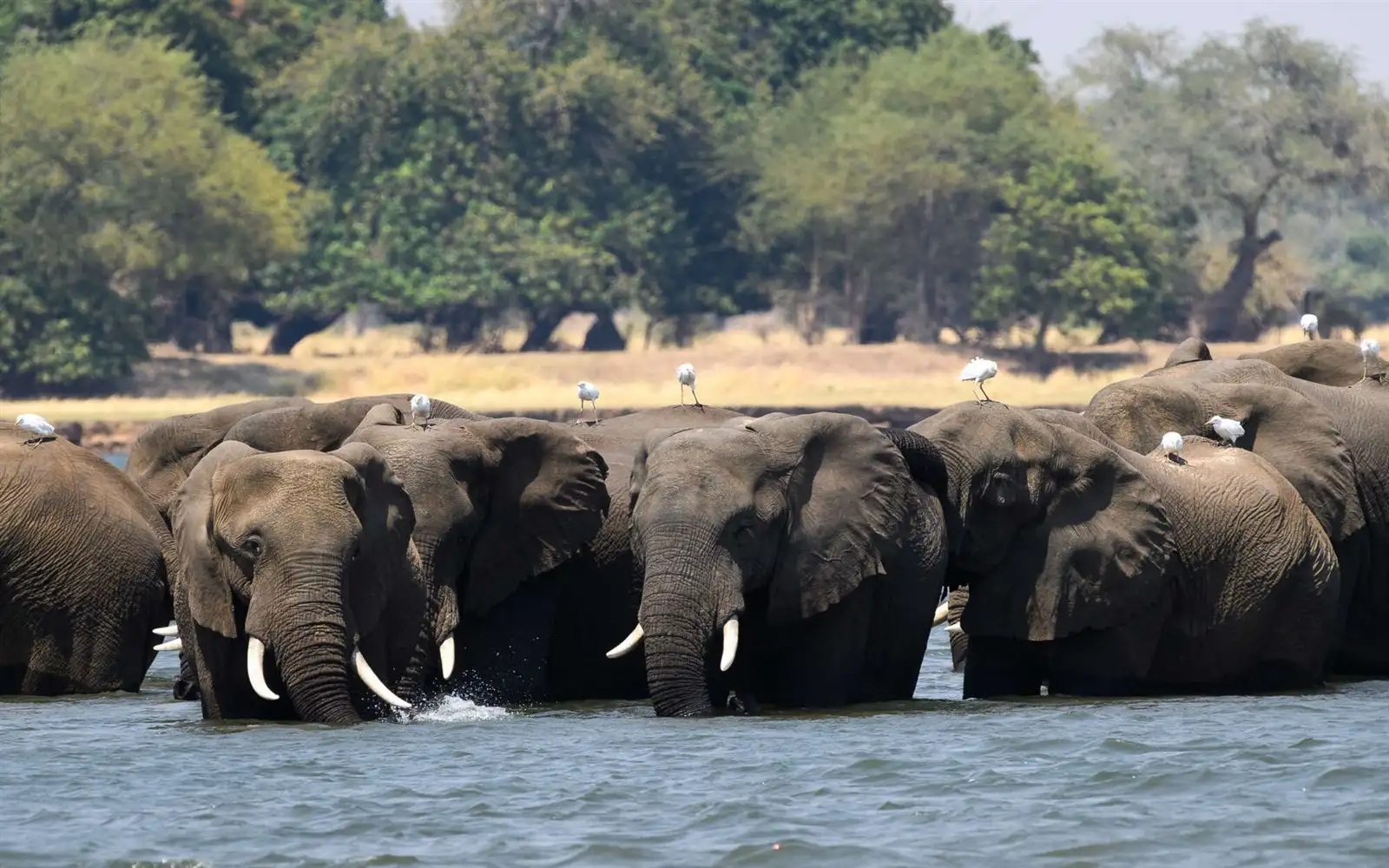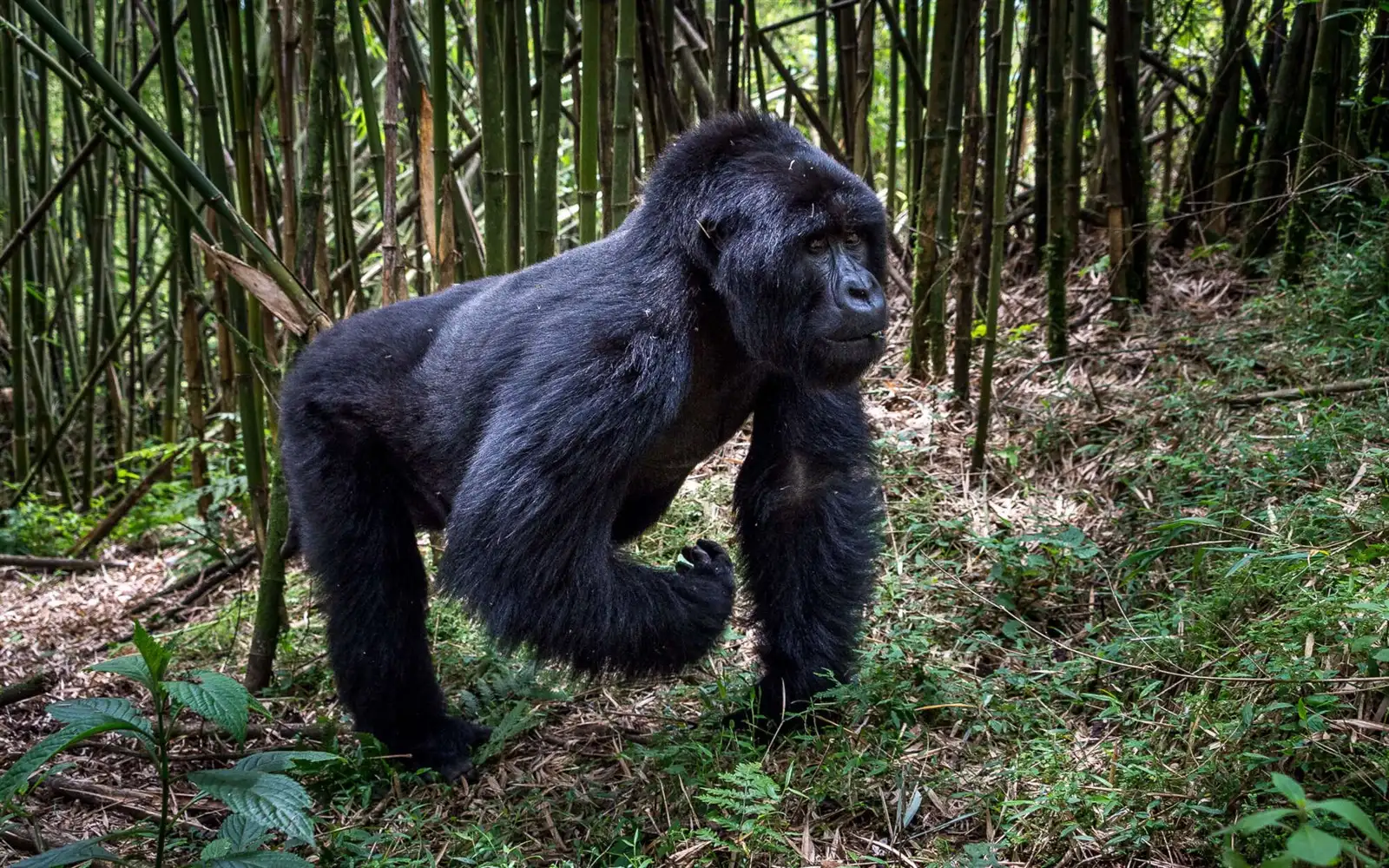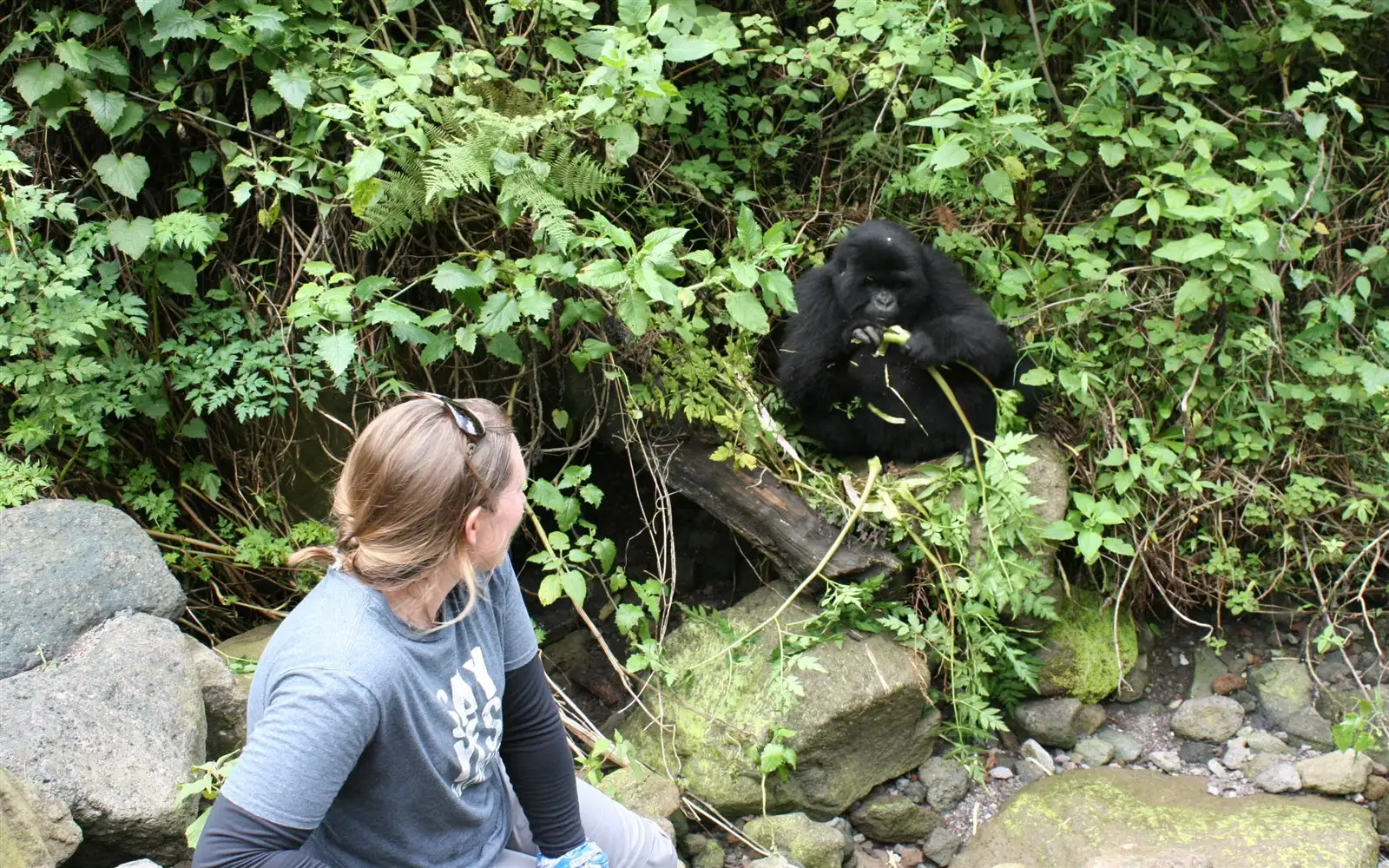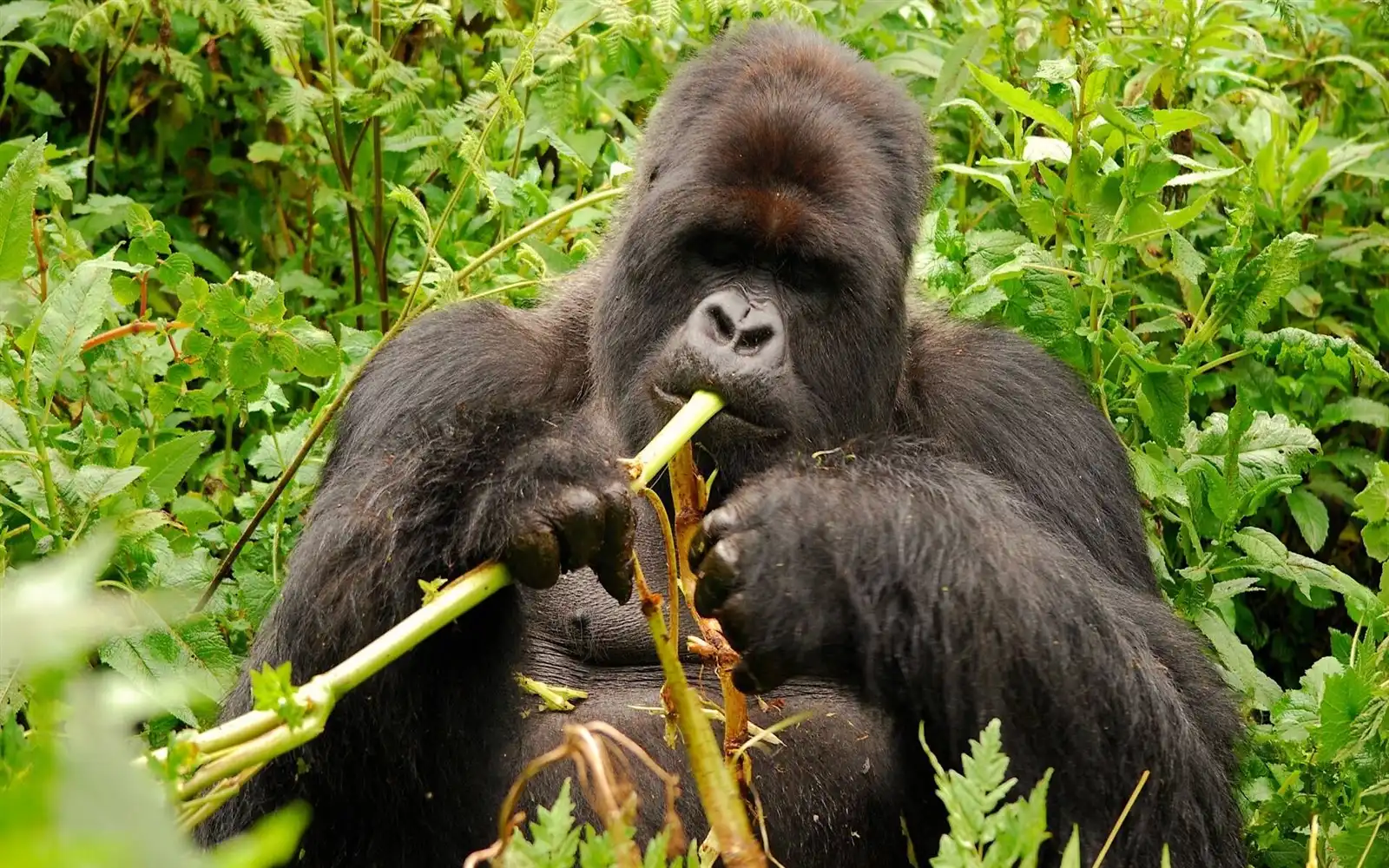
Saadani National Park
Saadani National Park
Saadani National Park is a protected area located in the eastern part of Tanzania, on the country's coastline. It covers an area of approximately 1,100 square kilometers and was officially established as a national park in 2005.
One of the unique features of Saadani National Park is its location, which allows visitors to experience both a classic African wildlife safari and a beach holiday. The park is situated at the intersection of two ecosystems: the Indian Ocean marine ecosystem and the East African coastal forest ecosystem. As a result, visitors can see a diverse range of wildlife, including elephants, lions, giraffes, hippos, and various species of primates, as well as marine creatures like dolphins and turtles.
In addition to game drives and walking safaris, visitors can also participate in activities like boat tours, fishing, and snorkeling. There are several lodges and campsites within the park for visitors to stay in during their visit.
Overall, Saadani National Park offers a unique blend of wildlife, beach, and cultural experiences that make it a popular destination for tourists visiting Tanzania.
Safari StrideHistory of Saadani National Park
Saadani National Park has a rich history, with evidence of human settlement in the area dating back to the Iron Age. In more recent times, the park was established in 2005, making it one of the newest national parks in Tanzania. However, the park's history goes back much further than that. Here is a brief overview of the history of Saadani National Park:
Early human settlement: The area around Saadani has been inhabited by humans for thousands of years, with archaeological evidence suggesting that people lived in the area as far back as the Iron Age.
Swahili coast: The Saadani area was an important trading center on the Swahili coast during the 18th and 19th centuries, with Arab traders using the nearby Wami River to transport goods.
Colonial era: During the German colonial period (late 19th and early 20th centuries), the area around Saadani was used for hunting and game viewing. Later, during the British colonial period, the area was used as a sisal plantation.
Game reserve and national park: In the 1960s, the Saadani area was established as a game reserve, but it was later de-gazetted in the 1990s due to land conflicts. However, in 2002, the Tanzanian government re-established the area as a national park, making it the only national park in Tanzania with both coastal and terrestrial components.
Today, Saadani National Park is a popular tourist destination, known for its diverse wildlife, pristine beaches, and rich cultural history. The park is also home to several conservation programs aimed at protecting the park's natural and cultural resources, including anti-poaching initiatives, community outreach programs, and sustainable tourism efforts.
Safari StrideWildlife at Saadani National Park
Saadani National Park is home to a wide variety of wildlife species, both on land and in the sea, due to its unique location at the intersection of the East African coastal forest and the Indian Ocean marine ecosystem. Here are some of the animals you may encounter during a visit to Saadani National Park:
Elephants: Saadani is known for its large elephant herds, which can be seen wandering through the park and along the coastline.
Lions: There are several prides of lions in Saadani National Park, and they are often seen resting or hunting on the savannah.
Giraffes: The park is home to several species of giraffe, including the Masai and reticulated giraffe.
Hippos: The Wami River, which flows through the park, is home to a large population of hippos, which can often be seen wallowing in the water.
Crocodiles: Along with hippos, the Wami River is also home to Nile crocodiles, which can be seen sunning themselves on the riverbanks.
Primates: Several species of primates can be found in the park, including baboons, vervet monkeys, and black-and-white colobus monkeys.
Marine life: The Indian Ocean coastline of the park is home to a variety of marine life, including dolphins, sea turtles, and humpback whales (during their migration season).
Overall, Saadani National Park offers a diverse range of wildlife experiences, both on land and in the sea, making it a unique and exciting destination for wildlife enthusiasts.
Birds watching at Saadani National Park
Saadani National Park is an excellent destination for birdwatching, with over 400 species of birds recorded within the park. Here are some of the bird species you may encounter during a visit to Saadani:
African Fish Eagle: This large and majestic bird of prey is a common sight along the Wami River, where it hunts for fish.
Pelicans and cormorants: The Wami River and the nearby estuary are home to several species of waterbirds, including African darters, white-breasted cormorants, and various species of pelicans.
Bee-eaters: The park is home to several species of colorful bee-eaters, including the blue-cheeked and little bee-eaters.
Hornbills: Several species of hornbills can be found in the park, including the striking southern ground hornbill.
Sunbirds: Several species of sunbirds can be seen in the park, including the beautiful variable sunbird.
Raptors: In addition to the African Fish Eagle, several other species of raptors can be seen in the park, including various species of eagles, hawks, and kites.
Flamingos: During the wet season, flamingos can often be seen feeding in the brackish lagoons near the coastline.
Overall, Saadani National Park offers a rich and diverse birdlife, making it an excellent destination for birdwatchers and nature lovers.
Safari StrideGetting to Saadani National Park
Saadani National Park is located on the eastern coast of Tanzania, and there are several ways to get there:
By road: Saadani is located approximately 130 kilometers north of Dar es Salaam, the largest city in Tanzania. The road to the park is paved and well-maintained, and there are several public and private transport options available, including buses, taxis, and private cars.
By air: The nearest airport to Saadani National Park is the Zanzibar International Airport, which is located approximately 120 kilometers northeast of the park. From Zanzibar, you can take a charter flight to Saadani's airstrip, which is located within the park.
By boat: Saadani National Park has a small harbor on the Wami River, which can be used to access the park by boat. However, this option is generally not recommended due to safety concerns and the limited availability of boats.
Once you arrive at the park, there are several options for getting around, including guided game drives, walking safaris, boat tours, and even horseback riding. Some of the lodges and campsites in the park also offer shuttle services and transportation to and from nearby towns and attractions.
Safari StrideBest time to visit Saadani National Park
The best time to visit Saadani National Park depends on the specific activities you plan to do and your preferences for weather and crowds.
The dry season from June to October is generally considered the best time to visit Saadani National Park for wildlife viewing, as the animals tend to congregate around water sources and are easier to spot. During this time, the weather is cooler and drier, and there are fewer mosquitoes and other insects. However, this is also the peak tourist season, so the park may be more crowded, and accommodation and activities may be more expensive.
The short rains from November to December and the long rains from March to May are typically considered the low season, as there is a higher chance of rain and the park may be less crowded. However, the vegetation is lush and green during this time, and there are fewer tourists, which can make for a more intimate wildlife viewing experience. This is also a good time for birdwatching, as migratory birds tend to visit the park during the wet season.
The hot and humid season from January to February can also be a good time to visit Saadani National Park, as there are fewer tourists, and the weather is still relatively dry. However, it can be uncomfortably hot and humid, especially during the middle of the day.
